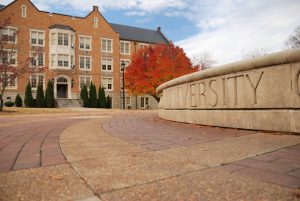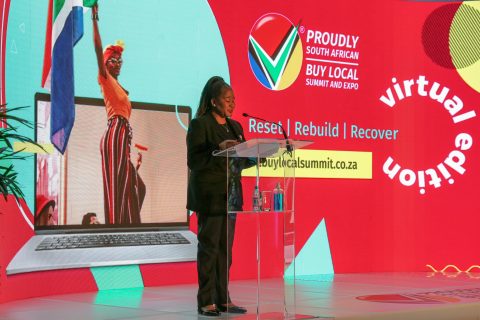Arch SA
Vision of a Future African City
University of Cape Town third-years, Ndikwingcinga Zam, Alexandra Wunderlich, Chen Yen Huang, Kyle Mackintosh, Matthew Fourie and Hannah Cook, were the winners of the annual Murray & Roberts Des Baker Architectural Student Competition. The Competition was first introduced in 1983 in recognition of the late Des Baker, the executive chairman of Murray and Roberts.
The theme required students to imagine an African Future City. Entrants also had to produce a single A1 drawing and an artefact/model that incorporates (or represents) some aspect of their idea.
The idea for the theme stemed from South African Neill Blomkamp’s District 9, Cameroonian Jean-Pierre Bekolo’s Le Présidente and Kenyan Wanuri Kahiu’s Pumzi, which challenge stereotypes about Africa’s urban future – the brief asked students to create a cinematic work that posits visions of a future city based on a potent, creative mixture of extremely high densities; food and energy shortages; space travel and alien life forms.
According to the brief, African cities are often seen as too preoccupied with the problems of the present to speculate on an uncertain, and probably terrifying, future. The brief also challenged the students to set aside the ‘traditional’ tools of architectural representation and design in favour of film which, with its inherent spatial qualities, has long been a medium of fascination for architects.
The award-winning team outlined the journey of a Capetonian from a desolate downtown area dominated by high rises, via rail through the current urban sprawl, to her home in outlying Nyanga. On her journey, she envisions a possible future Cape Town as the scenery speeds by the train window. The visions show a drastically densified city along the transport corridor, with adaptable buildings that create a tightly woven urban fabric – not only on the horizontal, but also on the vertical plane. Waterways and vertical gardens form key features. The team added, “all needs for daily life are integrated into the urban fabric, and multiple forms of public transport service the broader spectrum of the city holistically and efficiently”.
The award-winning team imagines this vision could mitigate the inequality in Cape Town due to spatial segregation, and exacerbated by the natural landscape and apartheid town planning. Otherwise, these conditions will only intensify with scarcer resources.




 Sign-up and receive the Business Media MAGS newsletter OR SA Mining newsletter straight to your inbox.
Sign-up and receive the Business Media MAGS newsletter OR SA Mining newsletter straight to your inbox.